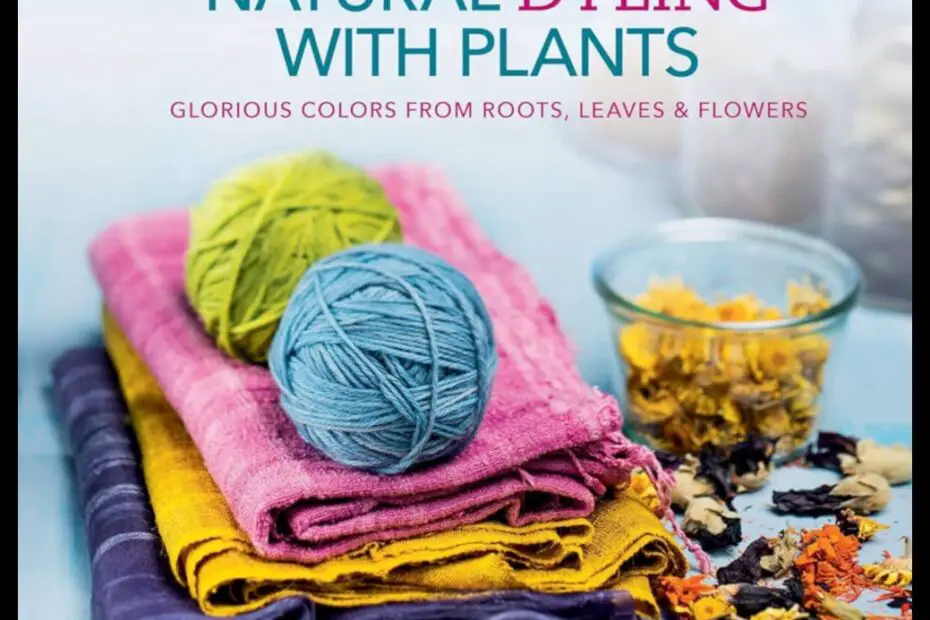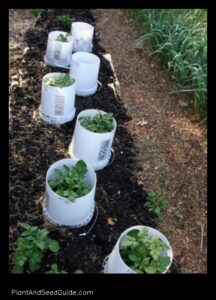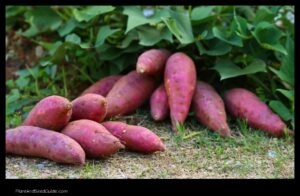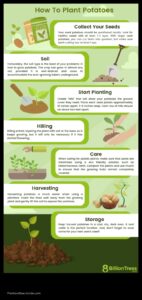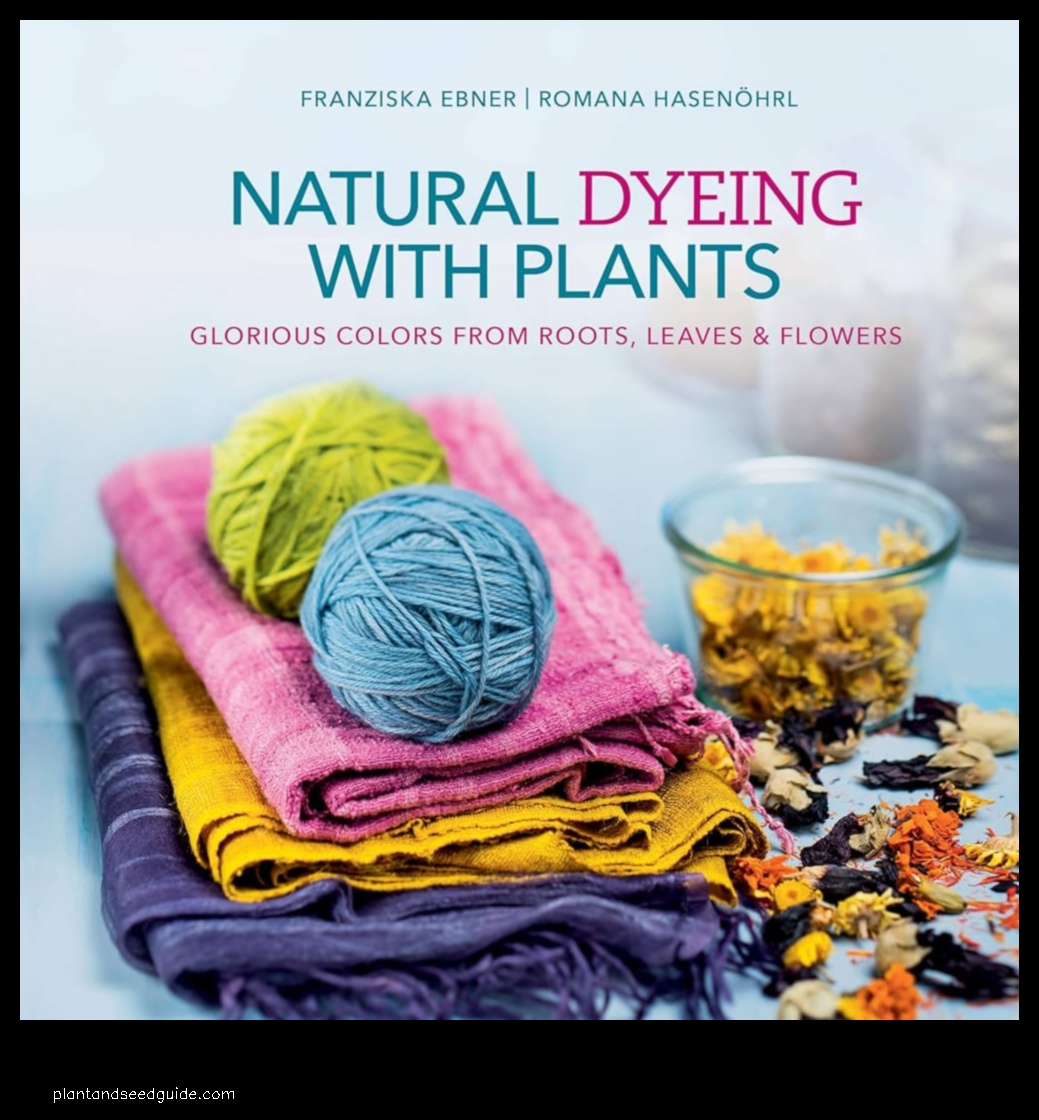
Natural dyes are dyes that are derived from plants, animals, or minerals. They have been used for centuries to color fabrics, textiles, and other materials. Natural dyes are typically more sustainable than synthetic dyes, as they do not require the use of harsh chemicals. They are also often biodegradable and non-toxic.

What are Natural Dyes?
Natural dyes are dyes that are derived from plants, animals, or minerals.
Natural dyes are typically more sustainable than synthetic dyes, as they do not require the use of harsh chemicals. They are also often biodegradable and non-toxic.They have been used for centuries to color fabrics, textiles, and other materials..
Benefits of Natural Dyes
There are many benefits to using natural dyes, including:
- They are more sustainable than synthetic dyes.
- They are often biodegradable and non-toxic.
- They can produce vibrant colors.
- They can be used to dye a variety of materials, including fabrics, textiles, and leather.
How to Use Natural Dyes
There are a few different ways to use natural dyes, including:
- Immersion dyeing
- Resist dyeing
- Sponge dyeing
- Batik
Types of Natural Dye Plants
There are many different types of plants that can be used to create natural dyes. Some of the most common include:
- Madder
- Chestnut
- Logwood
- Saffron
- Cochineal
Where to Find Natural Dye Plants
You can find natural dye plants at a variety of places, including:
- Garden centers
- Nurseries
- Online retailers
- Wildcrafting
When harvesting natural dye plants, it is important to follow these steps:
- Harvest the plants in the early morning or evening, when the sap is flowing.
- Wear gloves to protect your hands.
- Dry the plants in a shady spot away from direct sunlight.
Once you have harvested your natural dye plants, you need to prepare them before you can use them to dye fabric. To do this, you will need to:
- Grind the plants into a fine powder.
- Soak the powder in water for several hours or overnight.
- Strain the liquid from the powder.
To use natural dyes to dye fabric, you will need to:
- Prepare the fabric by washing it and removing any sizing.
- Soak the fabric in the dye bath for several hours or overnight.
- Rinse the fabric thoroughly in cool water.
Here are some frequently asked questions about natural dyes:
- Q: Are natural dyes safe to use?
- A: Yes, natural dyes are safe to use. They are typically biodegradable and non-toxic.
- Q: How long do natural dyes last?
- A: Natural dyes can last for many years if they are properly cared for.
- Q: Can I use natural dyes to dye synthetic fabrics?
- A: Yes, you can use natural dyes to dye synthetic fabrics. However, the results may
Feature Answer Natural dye plants List of plants that can be used to create natural dyes Dyeing with plants Process of using plants to create natural dyes Plant dyes Vibrant colors that can be created using natural dyes Natural dyes list List of plants that can be used to create natural dyes Sustainable dyes Benefits of using natural dyes over synthetic dyes 
What are Natural Dyes?
Natural dyes are dyes that are derived from plants, animals, or minerals. They have been used for centuries to color fabrics, yarns, and other materials. Natural dyes are typically more sustainable than synthetic dyes, as they do not require the use of harsh chemicals. They are also often less expensive than synthetic dyes.
Natural dyes can produce a wide range of colors, from vibrant blues and greens to deep reds and browns.
For example, indigo dye is derived from the indigo plant, and it produces a deep blue color. Madder root dye is derived from the madder root, and it produces a vibrant red color.The color of a natural dye is determined by the plant, animal, or mineral from which it is derived..
Natural dyes are typically used to dye fabrics and yarns. However, they can also be used to dye other materials, such as leather, paper, and wood.
Natural dyes are a great option for those who are looking for a sustainable and eco-friendly way to dye fabrics and other materials. They are also a great option for those who are looking for a unique and beautiful way to color their projects.
3. Benefits of Natural Dyes
There are many benefits to using natural dyes, including:
- They are environmentally friendly. Natural dyes are made from plants, which means that they do not produce any harmful chemicals or pollutants. This makes them a more sustainable option than synthetic dyes, which are often made from petroleum products.
- They are non-toxic. Natural dyes are not harmful to humans or the environment. This makes them a safe option for use in both commercial and home dyeing projects.
- They produce vibrant colors. Natural dyes can produce a wide range of vibrant colors, from deep blues and greens to bright oranges and reds. This makes them a great option for creating unique and eye-catching dyed fabrics.
- They are easy to use. Natural dyes are relatively easy to use, even for beginners. This makes them a great option for people who want to try their hand at dyeing fabrics at home.
4. How to Use Natural Dyes
Natural dyes can be used to dye a variety of materials, including fabric, yarn, leather, and paper. The process of using natural dyes is relatively simple, but it does require some time and patience.
The first step is to gather your materials. You will need the following:
- Natural dye plants
- A mordant (a chemical that helps the dye bind to the fabric)
- A dye pot or container
- A stirring spoon
- A colander or strainer
- Fabric or other material to dye
Once you have gathered your materials, you can begin the dyeing process.
- Prepare the dye plants by crushing or chopping them into small pieces.
- Place the dye plants in the dye pot or container and add water to cover them.
- Bring the water to a simmer and let the dye plants steep for several hours or overnight.
- Strain the dye liquid from the dye plants.
- Add the mordant to the dye liquid and stir to dissolve.
- Dip the fabric or other material into the dye liquid and let it soak for several minutes or hours.
- Rinse the dyed material in cold water until the water runs clear.
- Dry the dyed material in the sun or air.
Once the dyed material is dry, you can enjoy your beautiful new creation!
5. Types of Natural Dye Plants
There are many different types of plants that can be used to create natural dyes. Some of the most common include:
- Madder
- Chamomile
- Indigo
- Logwood
- Woad
Each plant produces its own unique set of colors, so you can create a wide variety of shades by combining different plants. For example, madder produces reds and oranges, chamomile produces yellows, indigo produces blues, logwood produces browns, and woad produces greens.
The type of plant you use will also affect the intensity of the color. For example, if you want a deep, rich color, you will need to use more of the plant material. If you want a lighter, more pastel color, you will need to use less.
In addition to the type of plant, the mordant you use will also affect the final color of the dye. Mordants are chemicals that help to fix the dye to the fabric. The most common mordants are alum, iron, and vinegar.
By experimenting with different plants, mordants, and dyeing techniques, you can create a wide variety of beautiful and unique natural dyes.
6. Where to Find Natural Dye Plants
Natural dye plants can be found in a variety of different places, including:
- Wildflowers
- Vegetables
- Fruits
- Trees
- Herbs
When looking for natural dye plants, it is important to consider the following factors:
- The climate in which the plant grows
- The time of year when the plant is harvested
- The part of the plant that is used for dyeing
Once you have found a suitable plant, you can harvest it and prepare it for dyeing.
7. How to Harvest Natural Dye Plants
Harvest natural dye plants when they are in full bloom. The best time to harvest is usually in the morning, after the dew has dried.
To harvest, cut the stems of the plants just below the flower head. Be sure to leave enough of the stem so that the plant can continue to grow.
Once you have harvested the plants, you will need to prepare them for dyeing. This may involve drying, crushing, or boiling the plants. The specific preparation method will vary depending on the type of plant you are using.
Once the plants have been prepared, you can use them to create natural dyes. To do this, you will need to mix the plant material with a mordant, which is a substance that helps the dye bind to the fabric.
The mordant that you use will depend on the type of plant you are using. For example, iron mordants are often used for plants that produce red dyes, while alum mordants are often used for plants that produce blue dyes.
Once you have mixed the plant material with the mordant, you can then dye the fabric.
The length of time that you soak the fabric will depend on the desired color intensity.To do this, you will need to soak the fabric in the dye bath for a period of time..
After you have dyed the fabric, you will need to rinse it thoroughly to remove any excess dye. You may also need to wash the fabric with a mild detergent to remove any residual mordant.
Once the fabric has been rinsed and dried, you can enjoy your beautiful, natural dyed fabric!
How to Prepare Natural Dye Plants
To prepare natural dye plants for use, you will need to:
- Collect the plants
- Wash the plants
- Dry the plants
- Grind the plants
- Strain the plant material
Once you have prepared the plant material, you can use it to dye fabric.
How to Use Natural Dyes to Dye Fabric
Natural dyes are a great way to add color and personality to your fabric projects. They are also a sustainable option, as they do not require the use of harsh chemicals.
To dye fabric with natural dyes, you will need the following materials:
- Fabric
- Natural dye materials (such as plants, flowers, or spices)
- A mordant (a chemical that helps the dye bind to the fabric)
- A dye pot or container
- A stirring spoon
- A colander or strainer
- Water
Once you have gathered your materials, you can begin the dyeing process.
- Prepare the fabric by washing it and then rinsing it in a solution of vinegar and water. This will help to remove any sizing or other chemicals that may prevent the dye from binding to the fabric.
- Prepare the mordant by following the instructions on the package. Mordants help the dye to bind to the fabric and prevent it from fading.
- Soak the fabric in the mordant solution for the amount of time specified on the package.
- Prepare the dye bath by adding the natural dye materials to a pot or container of water. Bring the water to a simmer and then reduce the heat to low.
- Stir the dye bath occasionally for the amount of time specified on the package.
- Add the fabric to the dye bath and stir to coat it evenly.
- Continue to simmer the fabric in the dye bath for the amount of time specified on the package.
- Remove the fabric from the dye bath and rinse it in cool water until the water runs clear.
- Dry the fabric in the shade.
Once the fabric is dry, you can enjoy your beautiful, natural dyed fabric!
FAQ
Q: What are natural dyes?
A: Natural dyes are dyes that are derived from plants, animals, or minerals. They have been used for centuries to color fabrics, yarns, and other materials.
Q: What are the benefits of natural dyes?
A: Natural dyes have a number of benefits over synthetic dyes, including:
- They are biodegradable and non-toxic.
- They are often more vibrant and long-lasting than synthetic dyes.
- They can be used to create a wider range of colors than synthetic dyes.
Q: Where can I find natural dye plants?
A: Natural dye plants can be found in a variety of places, including:
- Your own backyard
- Local parks and gardens
- Wild areas
- Online retailers
Latest posts by Katie Owen (see all)- Wild Rose Country: Exploring Untamed Beauty - July 15, 2024
- Wildflower Nursery Decor: Bringing Nature Indoors - July 15, 2024
- Young Sprout of Grass: Nurturing New Life - July 15, 2024
